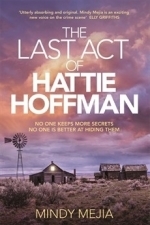
The Last Act of Hattie Hoffman
Book
'No one keeps more secrets. No one is better at hiding them. SUNDAY TIMES CRIME BOOK OF THE MONTH...
Crime Thriller
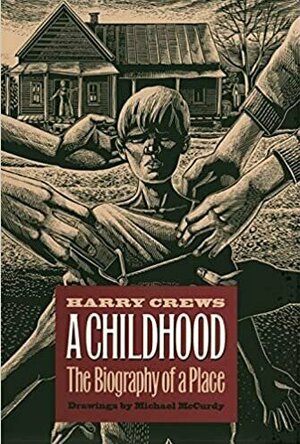
A Childhood: the Biography of a Place
Book
A Childhood is the unforgettable memoir of Harry Crews' earliest years, a sharply remembered...
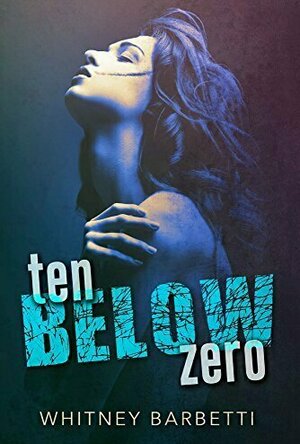
Ten Below Zero
Book
“In here,” he said, pushing on the skin above my heart, “you're ten below zero. And you’re...
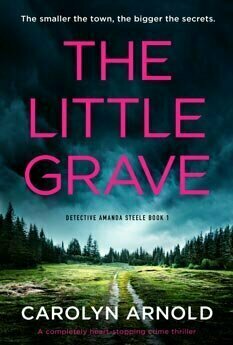
The Little Grave (Detective Amanda Steele #1)
Book
Detective Amanda Steele stops just inside the doorway, recognizing the victim’s face instantly. He...
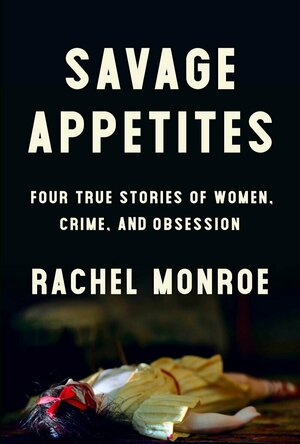
Savage Appetites: Four True Stories of Women, Crime, and Obsession
Book
A provocative and original investigation of our cultural fascination with crime, linking four...
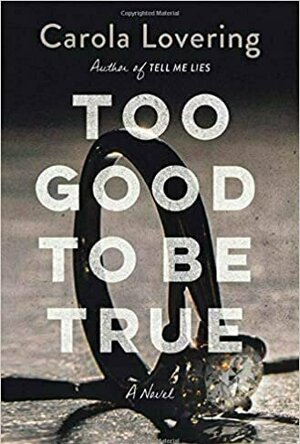
Too Good To Be True
Book
ONE LOVE STORY. TWO MARRIAGES. THREE VERSIONS OF THE TRUTH. Too Good to Be True is an obsessive,...
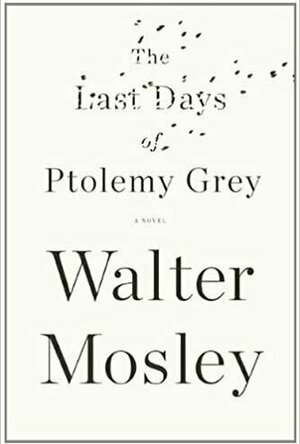
The Last Days of Ptolemy Grey
Book
A masterful, moving novel about age, memory, and family from one of the true literary icons of our...
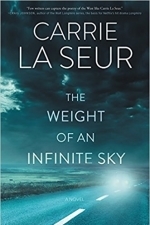
The Weight of an Infinite Sky
Book
The critically acclaimed author of The Home Place explores the heart and mystery of Big Sky Country...
fiction
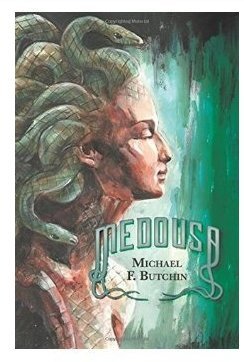
Medousa
Book
Classic Greek mythology paints Medousa as one of the most loathsome creatures of the ancient world....
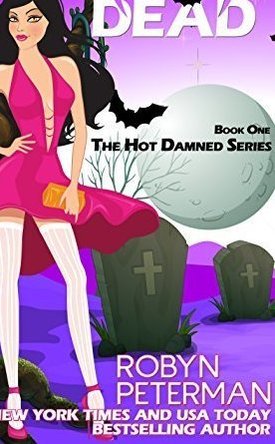
Fashionably Dead (Hot Damned Series Book 1)
Book
Vampyres don’t exist. They absolutely do not exist. At least I didn’t think they did ‘til I...
Paranormal RobynPeterman Vampires Demons Romance